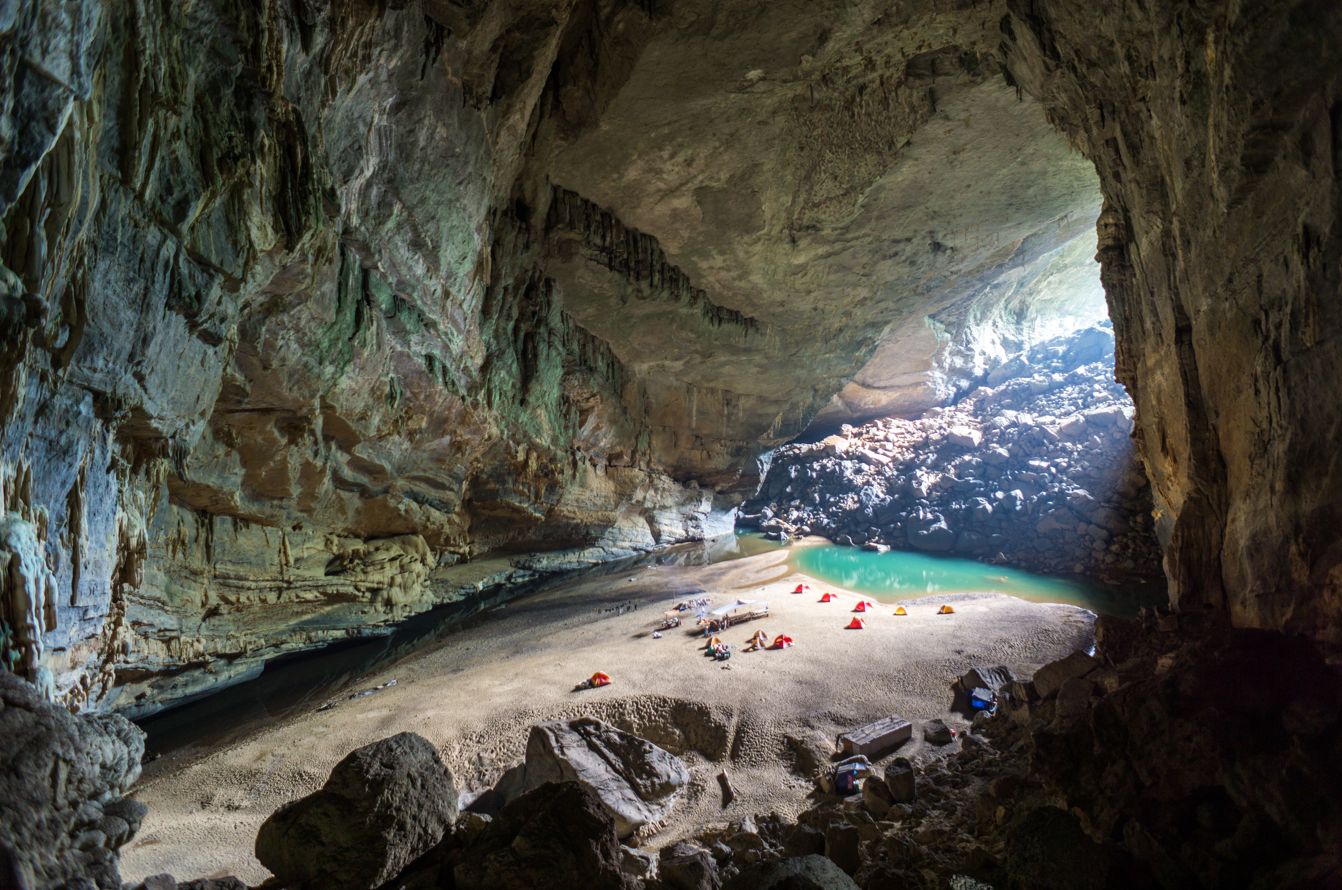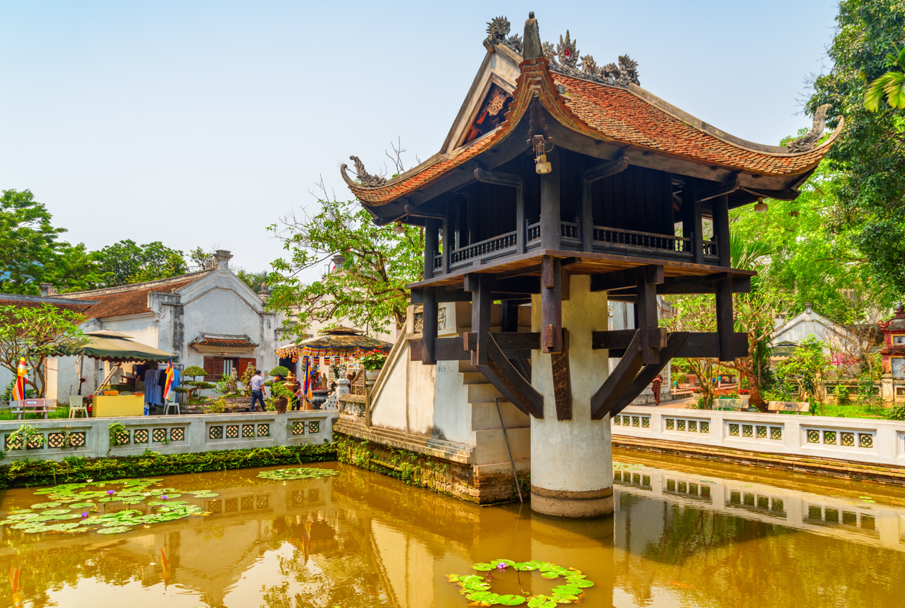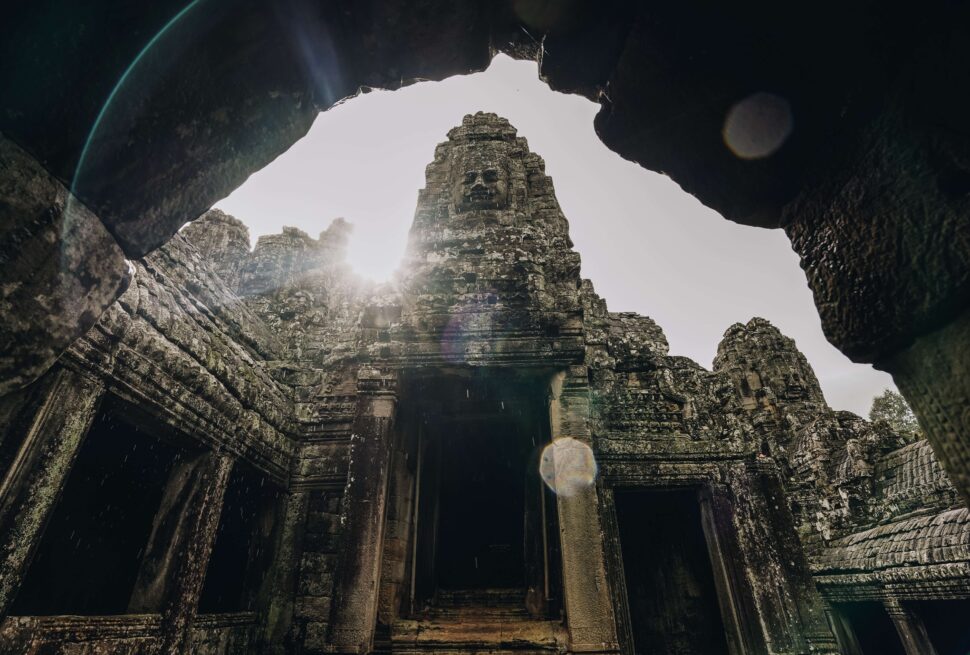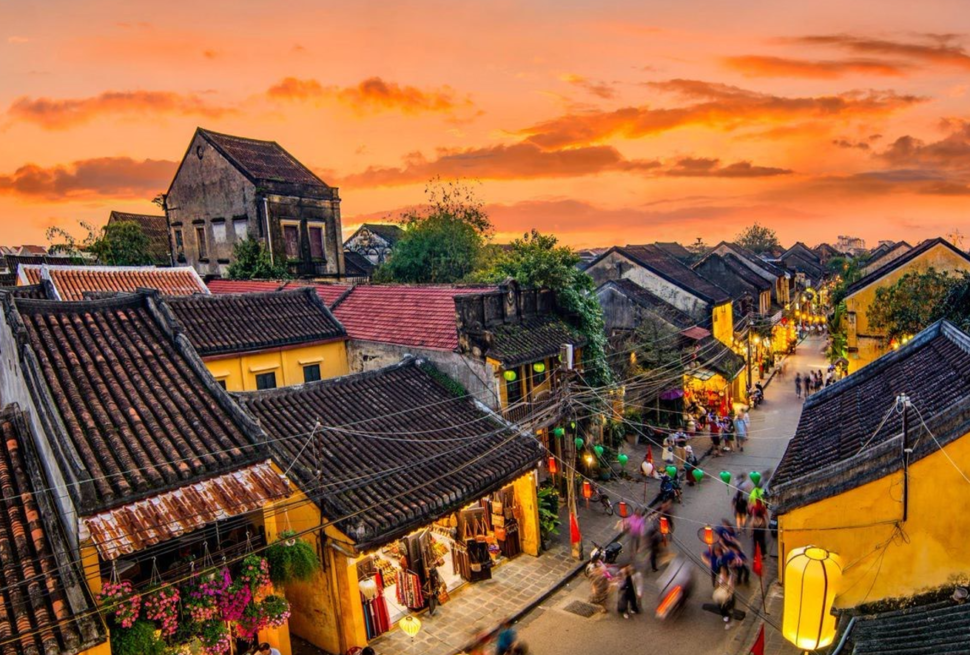Although Vietnam is typically warm and humid, the Vietnam weather has a significant difference among three regions due to the country’s length. It is not surprised to see snow in the mountainous far north while the beaches in the south have sunshine and blue sky. So, to choose the best time to visit Vietnam, it depends on the regions and destinations visitors want to discover. The best time to visit southern Vietnam is during dry season from December to April. While the spring and autumn months are the most pleasant for visiting the north of Vietnam. To visit the central of Vietnam, from mid-January to late August is more preferred. If visitors have a plan to visit the whole Vietnam, from Feb to June are the most reasonable.
Vietnam Climate Overview
Because of monsoon effects and terrain diversity, Vietnam climate has a split into 3 distinct regions. In the north, the typical monsoonal tropical climate results in four different seasons, including Spring, Summer, Autumn and Winter while the south has all-year-round sunshine tropical monsoon climate with two seasons (rainy and dry). The central Vietnam acts as a transitional climate zone between northern and southern climate. Consequently, the central Vietnam has late winter and early summer, heavy rain in the late months of the year and Foehn wind’s influence causes its high temperature from May to August.
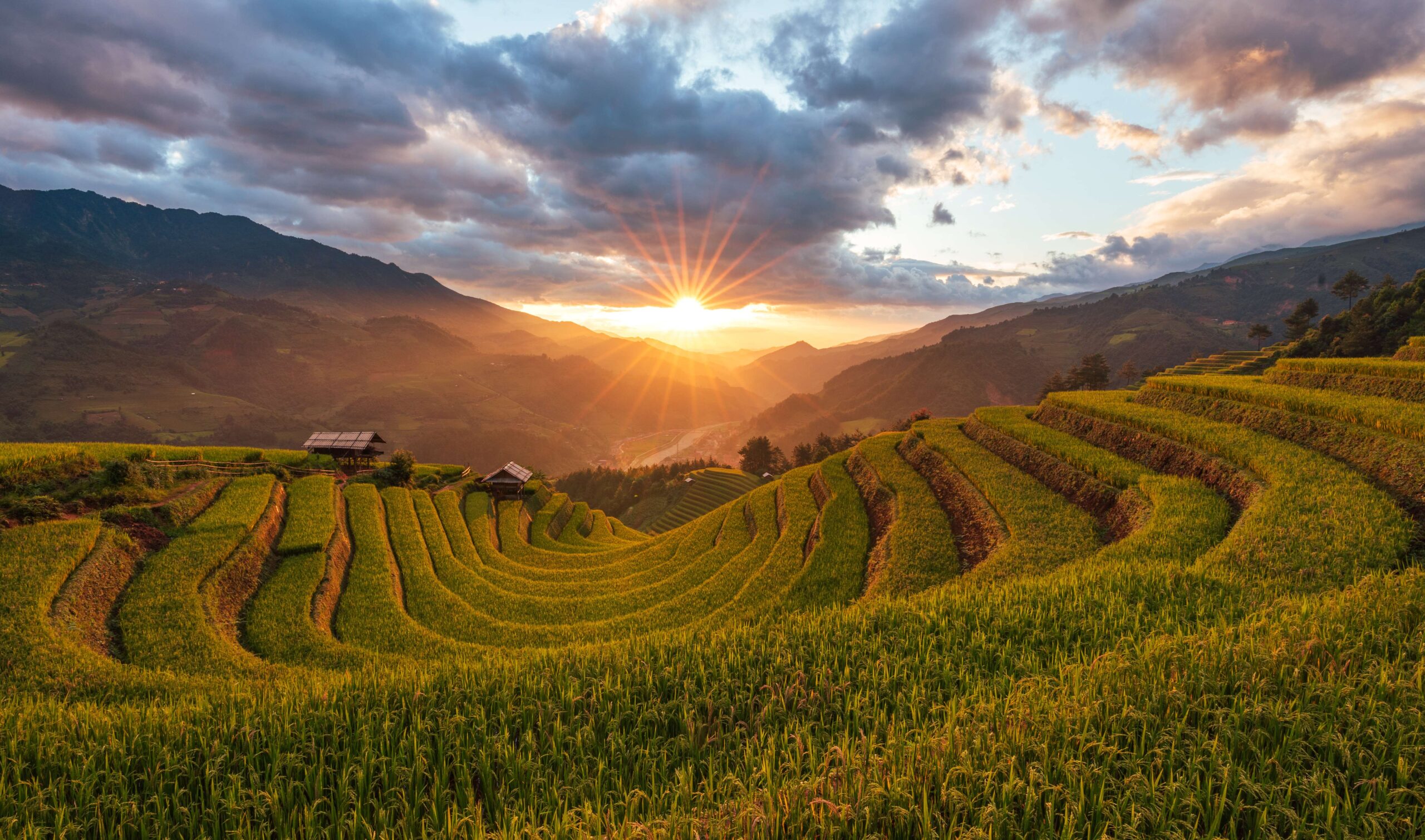
Northern Vietnam
Hanoi, Ninh Binh, Mai Chau, Ha Long Bay
There are a dramatic difference between winter and summer in Hanoi and the North of Vietnam. The cool but mostly dry winter lasts from November to April with moderate temperature of 17 – 22ºC and the coldest weather takes place between January and March. Summer with high temperature and humidity as well as heavy rainfall is from May to October.


Southern Vietnam
Ho Chi Minh, Mekong Delta, Phan Thiet – Mui Ne, Phu Quoc & Con Dao
With all-year-round hot weather, the south of Vietnam has two distinct season, wet and dry. The wet season is from May to early November with short-lasting but heavy rainfall. Among them, June to August is the months of the year with highest rainfall. On contrary, the dry season – the best time to visit southern Vietnam lasts from November to April/ early May with slight higher temperature and more humidity from late February to May.
The average temperatures in the south are about 25 – 35ºC. Phu Quoc and Con Dao islands can be visited at any time of the year with sunshine year-round, but there are some downpours in the afternoon on dry season.

